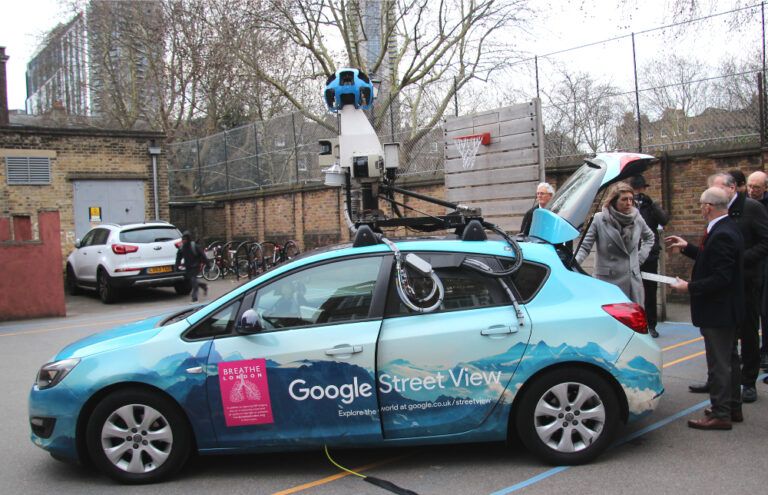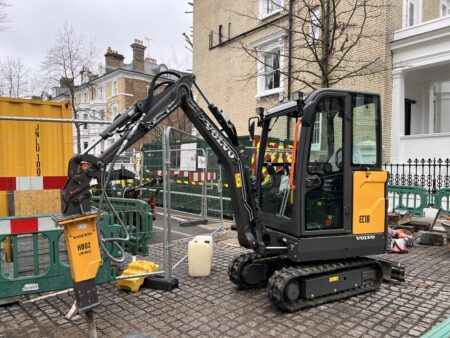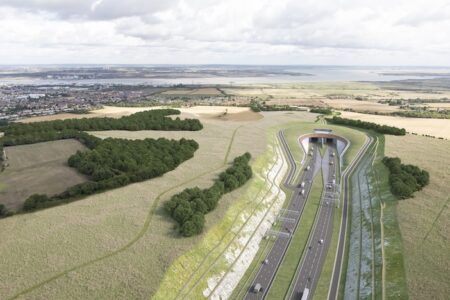The latest batch of data from the Breathe London project shows that air pollution across the UK capital is at dangerously high levels, with 80% of monitoring sites on track to exceed World Health Organisation (WHO) annual guidelines for fine particulate matter (PM2.5).
Environmental Defence Fund Europe (EDFE) together with Mayor Sadiq Khan have released the second wave of data from Breathe London, an ambitious collaborative project to measure and map real-time hyperlocal air pollution across the UK capital. In addition to nitrogen dioxide (NO2) measurements from the network’s 100+ stationary air quality sensor pods, the project’s interactive map now includes preliminary data from the Google Street View car routes as well as current and average pollution data for PM2.5. The new data confirms that air pollution across the city remains dangerously high. Four out of every five monitoring pods, including 90% of schools in the network, are on track to exceed WHO annual guidelines for PM2.5, which is linked to a wide range of adverse health effects. Preliminary analysis of the mobile data shows NO2 is on average over 50% higher on major through routes than quieter, local roads.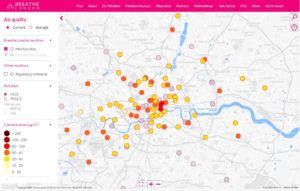
Gloucestershire-based Air Monitors Ltd has supplied over 100 of its AQMesh state-of-the-art fixed sensor pods for the project, with the units mounted on lampposts and buildings close to known air quality hotspots and sensitive locations such as schools and nurseries. The company has also provided the air quality analysers for the two specially-equipped Google Street View cars that have been driving London’s streets to measure hyperlocal air pollution since autumn 2018. The vehicles take pollution readings approximately every 100 feet (30m) at tens of thousands of locations while they travel through the capital’s streets, building a picture of the city’s air quality over the course of a year and identifying areas of toxic air that the network of fixed monitors might miss.
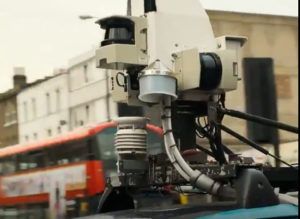 Data from the drives undertaken so far are now visible on the Breathe London map. When comparing pollution readings from busy versus quieter streets, preliminary analysis reveals NO2 is on average over 50% higher on major high-traffic through routes than on quieter, less-travelled local roads. Like PM, pollution from NO2 is linked to a variety of health impacts, including aggravating asthma and adversely impacting lung function in children. The latest Breathe London data will also be available on the new Air Quality Data Commons (AQDC), an international open-access data platform where people can share and use data from low- and medium-cost air quality sensors, defined as those that typically cost under US$10,000.
Data from the drives undertaken so far are now visible on the Breathe London map. When comparing pollution readings from busy versus quieter streets, preliminary analysis reveals NO2 is on average over 50% higher on major high-traffic through routes than on quieter, less-travelled local roads. Like PM, pollution from NO2 is linked to a variety of health impacts, including aggravating asthma and adversely impacting lung function in children. The latest Breathe London data will also be available on the new Air Quality Data Commons (AQDC), an international open-access data platform where people can share and use data from low- and medium-cost air quality sensors, defined as those that typically cost under US$10,000.
“This is a great example of the synergy that exists when data from a network of stationary pods is supplemented by mobile data; each format helps to further improve the quality of pollution assessment, delivering insights that help government and citizens to take effective action to transform pollution exposure levels,” said Felicity Sharp, managing director of Air Monitors. “We have fitted vehicles with air quality monitors before, and we have installed networks of stationary monitors, but this is the first time that we have done both at the same time, in the same city. The result, is hyperlocal data; enabling the assessment of air pollution on a street by street basis.”


